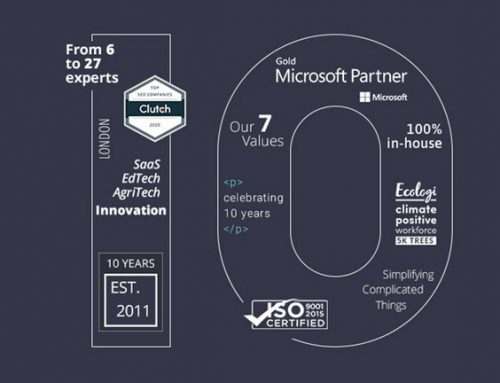Right. We’re going to keep this blog short. Uncomplicated. Pure. Simple. You’ll see why in a moment.
We like to simplify complex things at AVAMAE, which isn’t easy when you’re dealing with code. But there is one thing that our engineers love to do, and that’s ‘code clean’ with React.
What is React?
React is a mature and proven product. First released in 2013, it’s the leading JavaScript framework for web development. And with a market share of around 60 percent, it’s very much ‘de rigueur’.
Using React allows our engineers to write their web applications entirely in JavaScript. This enables greater functionality than traditional applications, without a corresponding increase in code complexity. And we all know that complexity slows things down.
Let’s Blitz the Technical Bit
Why not? We’ll simplify things later. Basically, applications are broken into self-contained, easily reusable ‘components’. These permit greater clarity and allow for easier refactoring. Presentational and API logic are decoupled. Applications are defined in a declarative style: rather than defining at every point how every part of an application should function. This logic is ‘siloed’ into components and the overall application is written in terms of what should be displayed at every point in the application’s state. This more expressive, modular approach leads to quicker development. Less bug-prone code. You end up with a cleaner piece of software. Ting!
Virtual DOMination
React’s other main innovation is ‘Virtual DOM’.
For web browsers, rendering a web page is slow, requiring substantial graphical processing. So, making changes to the ‘DOM’ (the browser’s logical representation of the page) has traditionally been one of the slowest processes in a web application’s lifecycle. Why? Because it waits for the entire page to update after every change. Yawn.
With Virtual DOM, React calculates what the DOM’s state will be after any updates are made by the application. It then compares this state to the previous state. Then, rather than updating the entire DOM, it finds the differences between the old and new state and calculates the minimum number of changes which can be made to transform the former into the latter. It then transmits this information to the browser, which updates the page. This minimises the amount of physical rendering the browser must do, which maximises the responsiveness of your application.
In a Nutshell, Contact Us
React’s the smart, clean and simple way to code. It’s what we do. It’s why you should contact AVAMAE. Email teresa.mccahill@avamae.co.uk or call +44 (0) 20 7509 6932.



